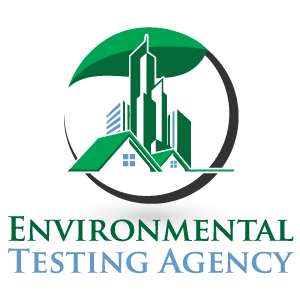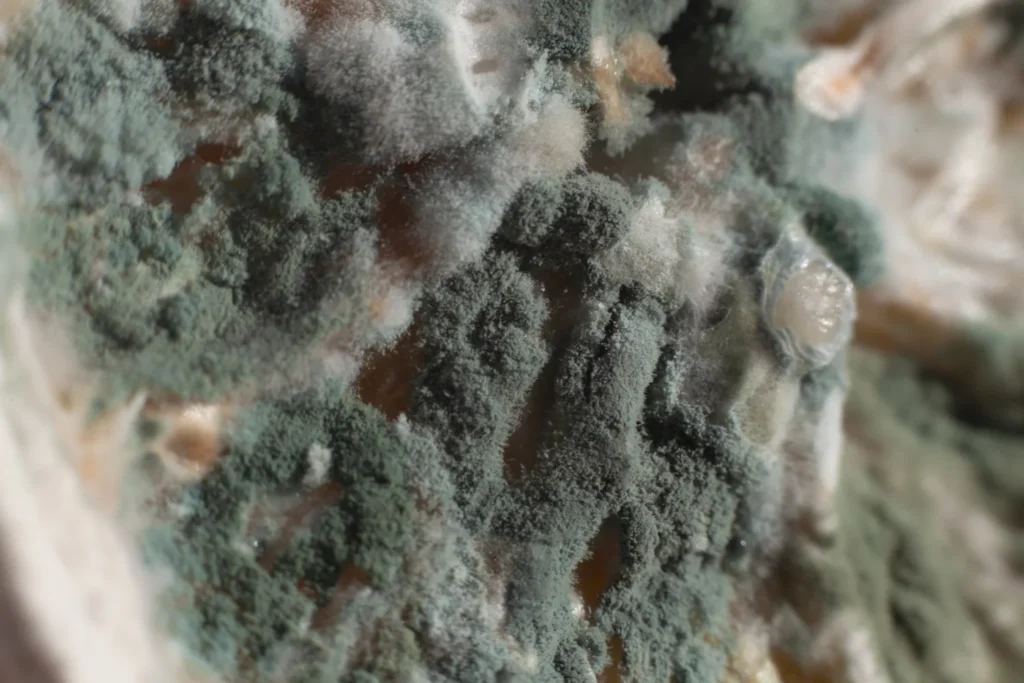Expert Crawl Space Mold Testing Services in Florida
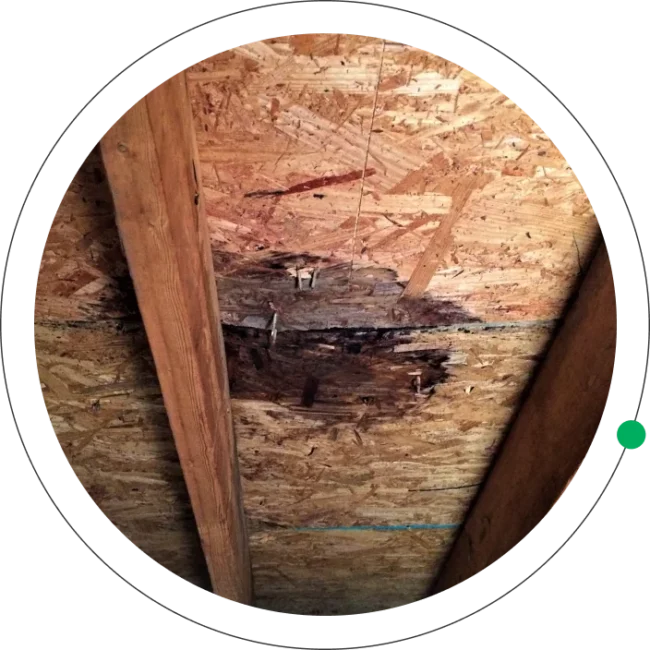
Why crawl spaces are prone to mold growth?
Florida’s warm and humid climate creates a perfect spot for mold, especially in crawl spaces. These areas tend to collect moisture, which is ideal for mold growth. With the high humidity and frequent rain in Florida, water can easily seep into crawl spaces, which are often close to the ground and can trap damp air. If these spaces aren’t well-ventilated, the moisture can lead to significant mold issues.
Without regular checks and moisture control, mold problems can become a real concern. Mold not only affects the health of people living in the home but can also damage the property. At ETA Mold, we understand Florida’s climate challenges and are here to help you keep your crawl spaces free of mold. Our mold testing services ensure that any signs of mold or moisture are detected early, helping you avoid costly repairs and health risks.

Common Signs You Need Mold Testing
For Your Crawl Space

Musty Odor
If your home has a constant, earthy odor, it could be mold in your crawl space. Mold often gives off a musty smell that’s hard to miss.

Visible Mold
If you see black, green, or white fuzzy spots in your crawl space, it’s a clear sign you need an inspection.

Increased Humidity
A general feeling of dampness when entering the crawl space is often an early sign of mold growth. Mold testing can help detect high moisture levels, preventing further mold spread.

Condensation
Water droplets or sweating on pipes and ductwork within the space.

Wood Rot
Notice any rotting or damaged wood in your crawl space? Mold can weaken wood and cause structural problems. Mold testing will help assess the severity of mold damage to wooden structures.

Foundation Moisture
Wet spots or water pooling on the dirt floor or along the foundation walls.

Deteriorating Insulation
If the insulation in your crawl space is damp, sagging, or showing signs of mold, it’s time to call for mold testing to determine the extent of the mold contamination.
Tips to Identify Crawl Space Mold
Regular inspections and mold testing are key to identifying mold early in your crawl space. Consider these tips:
- Regularly check for signs of mold on wood surfaces, insulation, and any stored items.
- Inspect the area for any signs of water pooling or damp spots on the ground.
- Detect any musty or moldy odors that are often indicative of hidden mold.
- Use a moisture meter to check the wood and foundational materials for elevated moisture levels.
- Schedule assessments with a mold remediation specialist, particularly if any signs of moisture or mold are detected.
- Ensure that crawl space vents are not obstructed and are adequate for the size of the space.
Regularly inspecting your Crawl Space
and maintaining proper ventilation, insulation,
Regular maintenance, immediate attention to spills and leaks, and ensuring proper ventilation can help prevent mold growth in carpeted areas.
Preventing Crawl Space Mold: When to Use Mold Testing
Prevention is the key to keeping mold away from your crawl space. Regular mold testing can help detect issues before they escalate. Here are some tips:
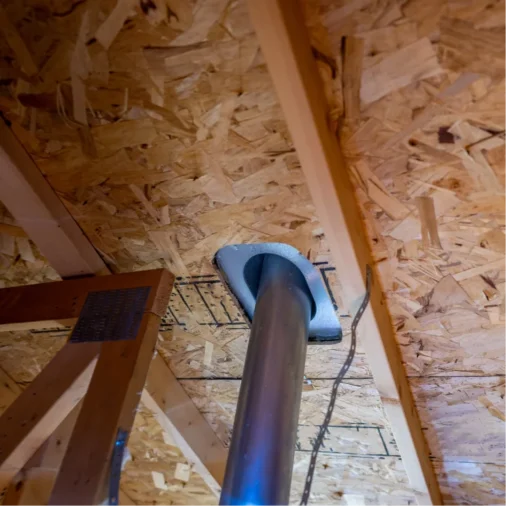
Enhance Ventilation
- Make sure your crawl space has good airflow. You can install vents or a fan to help air circulate and keep humidity down.
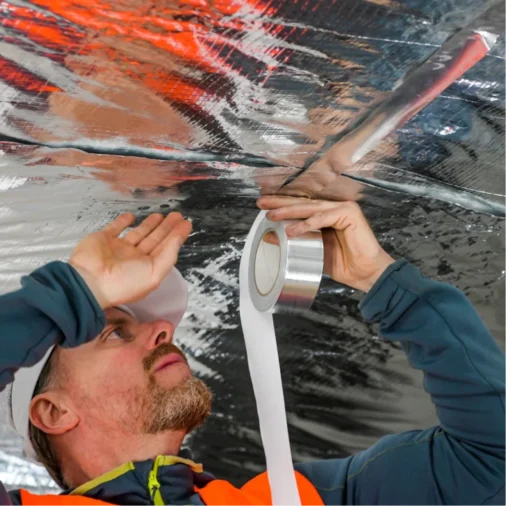
Moisture Barrier Installation
- Install a vapor barrier on the ground to prevent moisture from the soil from rising into the crawl space.

Proper Insulation
- Ensure that crawl space walls and pipes are properly insulated to prevent condensation.
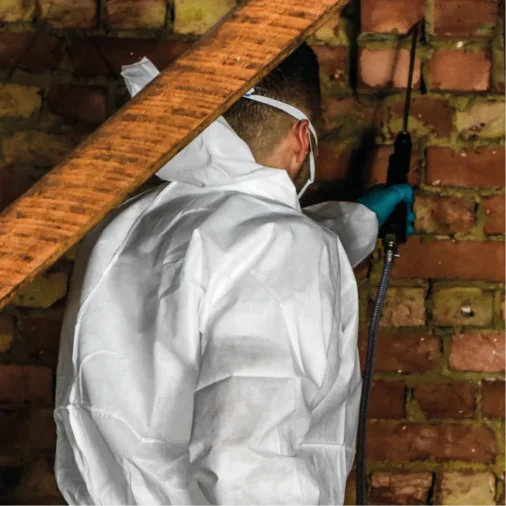
Routine Maintenance and Cleaning
- Clean the crawl space regularly and remove any debris or standing water immediately.
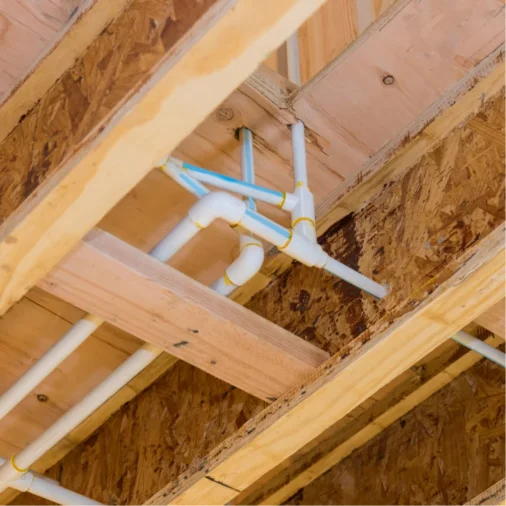
Fix Water Intrusion Issues
- Repair any cracks in the foundation and ensure that all gutters and downspouts direct water away from the foundation.
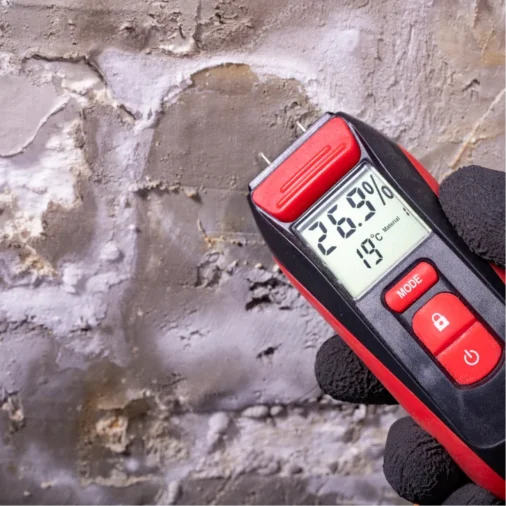
Monitor Humidity Levels
- Use a hygrometer to keep an eye on the humidity levels within the crawl space, aiming to keep it below 60% to discourage mold growth.
Choose ETA for Expert Mold Testing
When it comes to handling mold problems in your crawl space, ETA Mold is here for you in Florida. Our team knows the ins and outs of Florida’s climate and how it affects crawl spaces. We use advanced tools to spot even the tiniest signs of mold and moisture. Our skilled technicians will communicate clearly and offer solutions just for you. Trust ETA Mold for dependable, thorough care and peace of mind.
Professional Mold Inspection & Air
Quality Testing Services in South Florida.
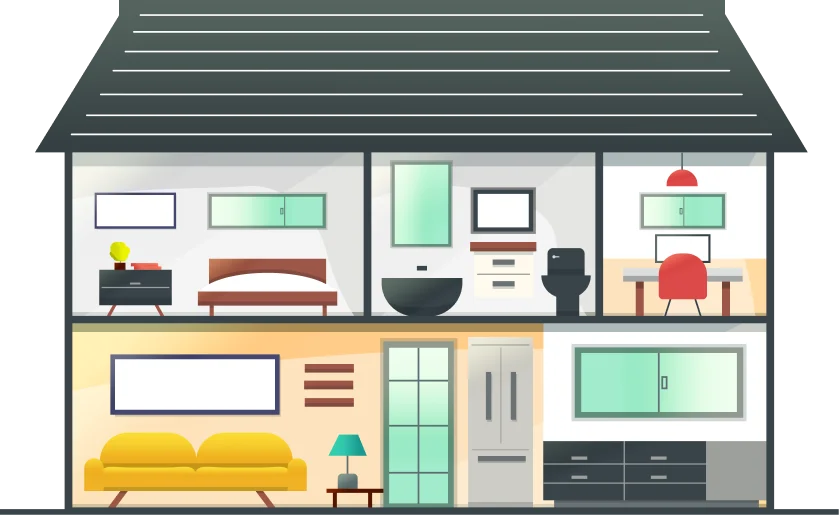
The Mold Testing & Inspection Process

DETECTION
We’ll discover the source of infrastructure damage. This is imperative and also the first step in our process.

TESTING
All samples are sent to an accredited laboratory for mold testing. Our labs ensure that you receive the most accurate results possible.

ASSESSMENT
Our certified assessors provide a comprehensive report with lab analysis, detailing the findings and next steps. Mold testing gives you a clear understanding of your situation.

Why Choose Environmental
Testing Agency?
Our team is comprised of industry-certified experts with extensive knowledge and experience in environmental testing. We utilize the latest technology and methodologies to ensure accurate and reliable results, making us leaders in the field.
Expertise
We are committed to providing exceptional customer service. Our team is responsive, thorough, and dedicated to assisting clients through every step of the testing process. We prioritize clear communication and tailored solutions to meet your specific needs.
Customer Service
Quality is at the core of everything we do. From rigorous testing procedures to detailed reporting, we ensure that all services meet the highest standards. Our commitment to quality helps clients make informed decisions based on dependable data.
Quality
Licensed, Certified,
and Insured Mold Inspection
and Air Quality Testing Company.

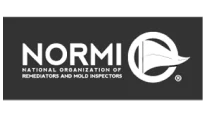



Before Booking an Air Quality Test
and Mold inspection Services
Receive $50 off!

Crawl Space Mold FAQ’S
Crawl space mold is mold that grows in the area under your home, between the ground and the first floor. This area usually has poor ventilation, which makes it a perfect spot for mold to thrive, especially if it’s damp. If not checked, the mold can spread to other parts of your home, affecting the air quality and possibly your health.
During the inspection, we look for any signs of mold and check for moisture problems. We’ll check for visible mold, measure moisture levels, and look for leaks or high humidity. We use special tools to make sure we catch everything.
It’s a good idea to have your crawl space inspected at least once a year, especially if you live in a humid area like Florida. If you notice any signs of mold or moisture, like a musty smell, it’s best to schedule an inspection right away.
The inspection usually takes one to three hours, depending on the size of your crawl space and the complexity of the job. We’ll give you a better estimate when you book your inspection.
Usually, you don’t need to leave your home for the inspection. However, if mold removal or treatment is needed, it might be safer to stay out of the area for a while.
The cost can vary based on the size of the area and the details of the inspection. We offer fair pricing and will give you a clear estimate before we start any work.
If you think there’s mold, get a professional inspection as soon as possible. Catching it early can help prevent bigger issues and protect your home and health.
Mold in the crawl space can spread to the rest of your home through the air or HVAC system. This can lead to breathing problems and allergies. Over time, it can also damage your home’s structure, leading to costly repairs.
Mold can cause breathing issues like coughing and wheezing, and it can trigger asthma attacks or worsen allergies. People with weaker immune systems might have more serious reactions, so it’s important to deal with mold quickly.
If you notice a musty smell, worsening allergies, or unexplained breathing problems in your home, mold in the crawl space might be affecting your indoor air. You can also get an indoor air quality test to see if there’s a link between the mold and your home’s air quality.
Areas We Serve
In Florida
1. Miami Dade
- Coral Gables
- Coconut Grove
- Miami Beach
- Star, Palm & Hibiscus Island
- Key Biscayne
- Keystone Islands
- San Souci
- Miami Shores
- Pinecrest
- Brickel
- Bal Harbor
- Bay Harbor Islands
- Indian Creek
- Surfside
- Eastern Shores
- Sunny Isles
- Aventura
- Golden Isles
- Golden Beach
- The Roads
2. Broward
3.Palm Beach
- Royal Palm Beach
- Lake Worth
- Lantana
- Boca Raton
- Boynton Beach
- Manalapan
- Singer Island
- South Palm Beach
- North Palm Beach
- Tequesta
- Highland Beach
- Ocean Ridge
- Country Club Acres
1. Miami Dade
- Coral Gables
- Coconut Grove
- Miami Beach
- Star, Palm & Hibiscus Island
- Key Biscayne
- Keystone Islands
- San Souci
- Miami Shores
- Pinecrest
- Brickel
- Bal Harbor
- Bay Harbor Islands
- Indian Creek
- Surfside
- Eastern Shores
- Sunny Isles
- Aventura
- Golden Isles
- Golden Beach
- The Roads
2. Broward
- Bonaventure
- Hallandale
- Miramar
- Hillsboro Beach
- North Lauderdale
- Coconut Creek
- Hollywood
- Sea Ranch Lakes
- Oakland Park
- Sunrise
- Coral Springs
- Parkland
- Dania
- Lauderdale By The Sea
- Pembroke Park
- Tamarac
- Davie
- Pembroke Pines
- University Park
- Deerfield Beach
- Plantation
- Weston
- Fort Lauderdale
- Lighthouse Point
- Pompano Beach
- Wilton Manors
3. Palm Beach
- Royal Palm Beach
- Lake Worth
- Lantana
- Boca Raton
- Boynton Beach
- Manalapan
- Singer Island
- South Palm Beach
- North Palm Beach
- Tequesta
- Highland Beach
- Ocean Ridge
- Country Club Acres
- Jupiter
- Palm Beach
- Jupiter Inlet Colony
- Palm Beach Gardens
- Wellington
- Jupiter Island
- Palm Beach Shores
- Delray Beach
- Palm Springs
- Lake Clarke Shores
- Pelican Lake
- West Palm Beach

